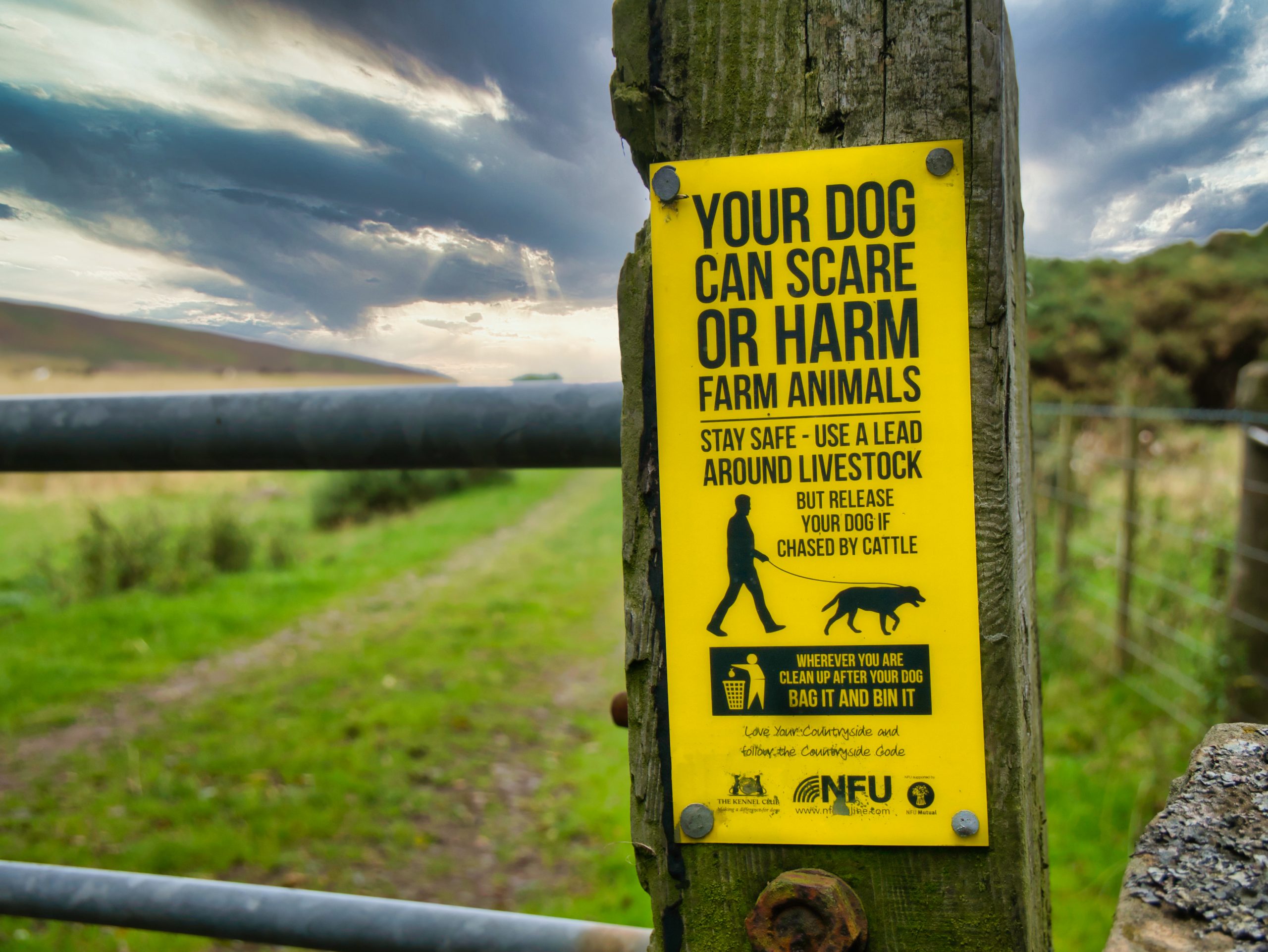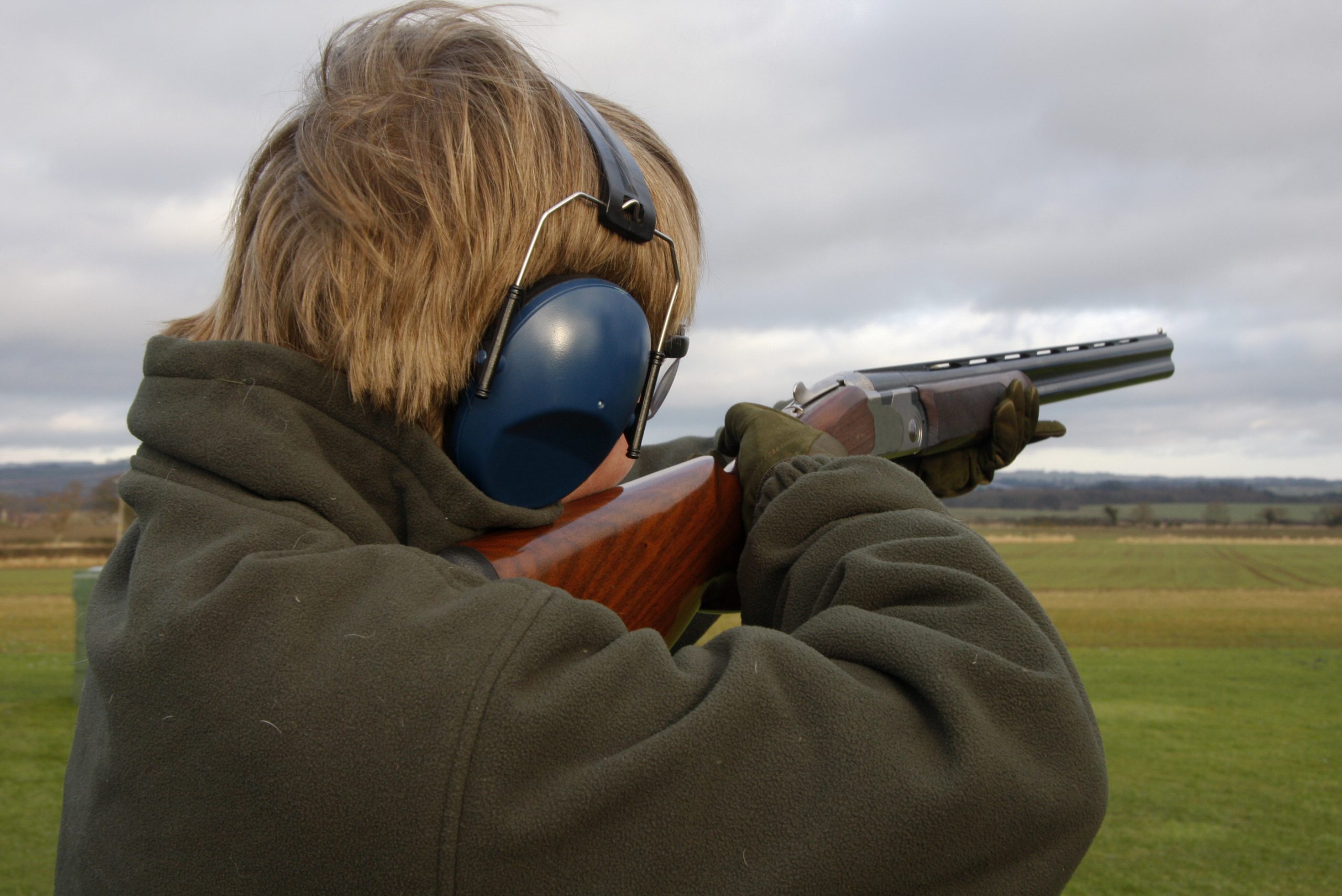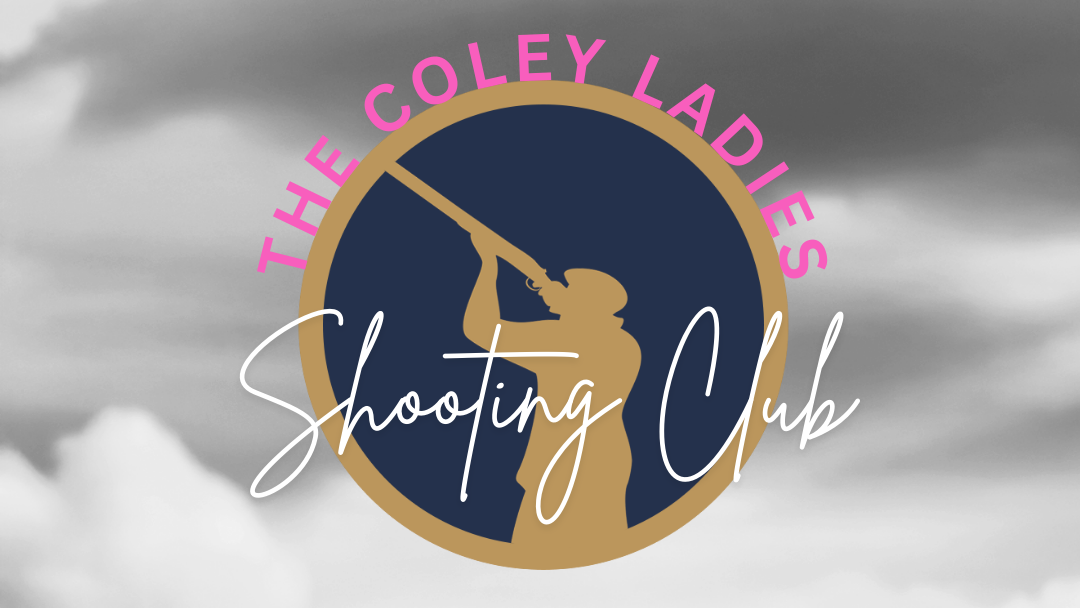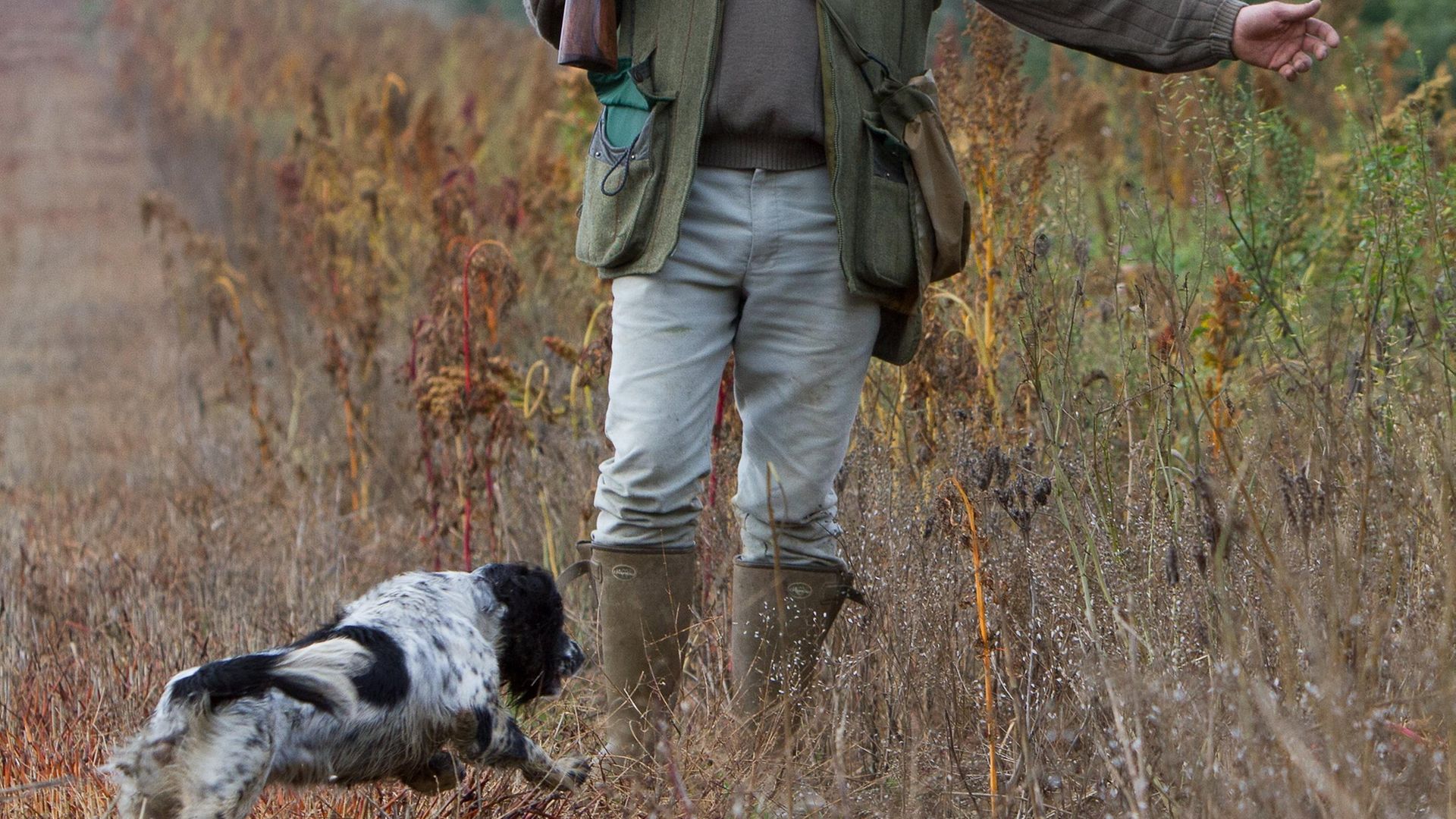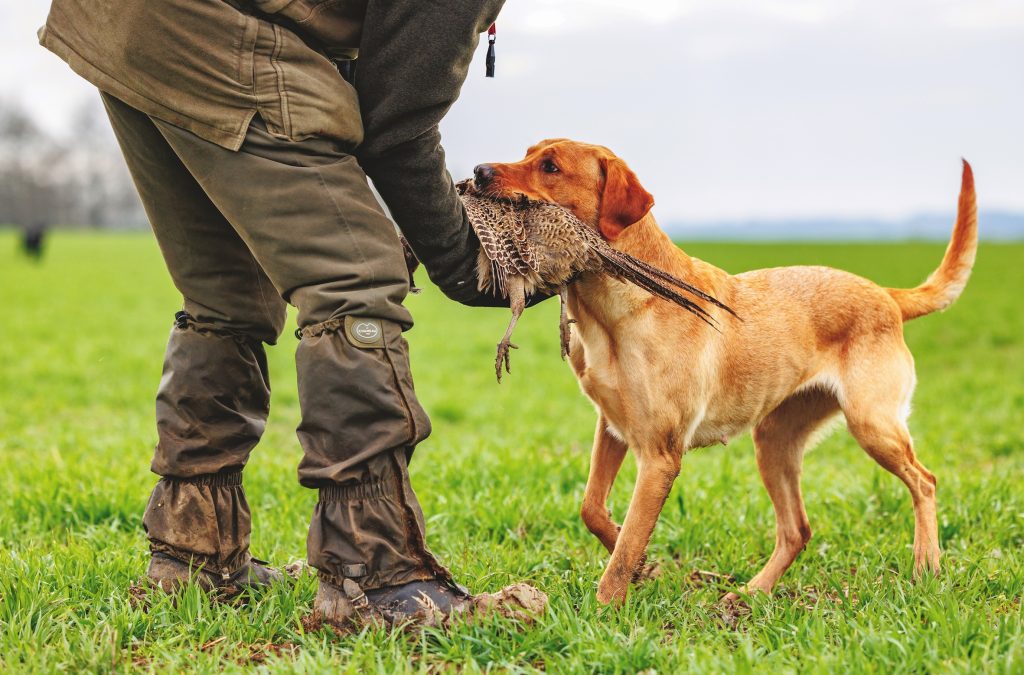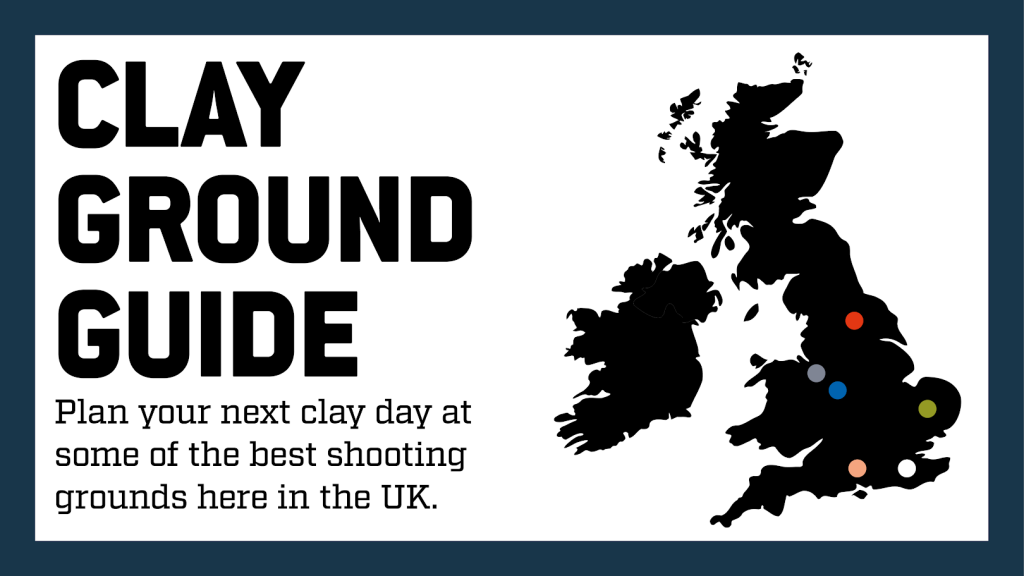Breed-specific gundog training
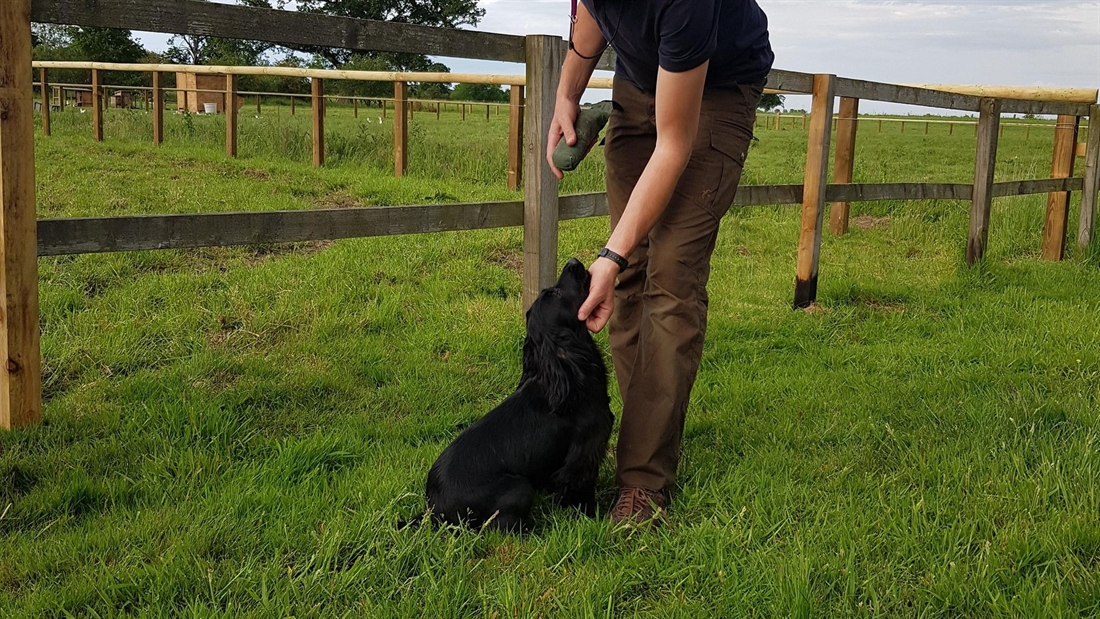
Ryan Kay discusses breed-specific gundog training, and the challenge of moving from controlled environment training to more exciting locations!
The other day, I happened to catch a snippet from Graeme Hall (TV’s The Dogfather) on my Facebook feed. He was offering his three best tips for dog training. Tip one: “If you want a behaviour to increase, you’ve got to reward it one way or another”. Tip two: “If you want a behaviour to decrease… well, you’ve got a couple of choices. You might be able to ignore it, or you’ve got to make it uncomfortable in an appropriate way”. And the last tip: “Get your timing right. If you tell a dog off, or even praise them after the event, they won’t understand want you’re on about”. Now I happen to like these tips, but many don’t. Mr Hall seems to come under some criticism for what some people call out of date methods; especially for tip two.
You can interpret tip two how you want, but I’m guessing that for some behaviourists the word ‘uncomfortable’ is not a word they would want to associate with any methods when it comes training a dog. I’m not a behaviourist but I am a realist and it appears to me that with any training methods or advice out there, there seems to be one aspect that may be often overlooked; that is the breed’s specific traits.
Breed-specific training
I’d be stupid to apply the same train of thought to all the different breeds that arrive here for a lesson with their owner. I say this because the ‘one rule for all’ definitely looks to be a current trend notwithstanding the many new pop-up trainers that have appeared recently as a result of an online course that states they are now in fact a qualified dog trainer!
To a large extent, this is a knock-on effect of the lockdown. More dogs, needing more trainers, needing more courses to create and qualify trainers. I’m primarily talking about general dog trainers here, which is where I feel some problems lie. Respectable gundog trainers usually have a different outlook to the ‘all dogs are the same’ style of training that I’m seeing with many of the new general dog trainers. I maintain that it is hugely important to train with the breed in mind – training which accommodates and caters for that particular breed and its traits.
Treats become less attractive in the field!
Following on from breed specifics, the next consideration is the personality we have in front of us: a meek and soft nature or maybe a jovial and daft sort. A soft type or hard-headed type can obviously exist within the same breed, even the same litter, but the genetics will present its instinctive behaviour.
With all these things to consider, I’d like to go back to Graeme Hall’s tip two and why his statement causes such a stir. You see, dog training is evolving all the time; driven by an ever-changing understanding, there are new methods and teaching techniques emerging constantly. Many new trainers know just one way to train… the latest and most recent. But just because it’s the most up-to-date doesn’t mean it’s the best or that it gets the best results.
Many traditionalists go against using treats as a training aid, claiming the dog should do it because it wants to. I understand their point of view, but in my mind, treats are just that, a training aid, something that will reward the dog for its most recent behaviour.
In a boring environment where the surroundings are pretty uninteresting, a treat is a high-value thing, but anyone working a gundog in the shooting field will know that those treats have little value whatsoever and even waving a roast chicken under the dog’s nose is unlikely to rank anyway near as high as a shot pheasant falling from the sky or a rabbit running across its path! And this brings me back to breed specifics.
It’s the promises from the new trainers that claim to be able to shape behaviour of a high-drive spaniel by gaining a perfect recall or heel in their class environment and thinking this is training the dog. Of course, it is, to an extent, for something like a pug, a miniature poodle or a King Charles spaniel, it’ll transfer quite well to the real world outdoors away from the village hall environment. But for a well-bred gundog of any breed, there’s no chance we can simply switch that nose off and achieve that same indoor perfection straight away. Unfortunately, new owners fed this unrealistic expectation have to find out the hard way.
So, we’re out in the countryside where the treats are worthless, the dog has discovered other animals out there, fun things that move and look chaseable. They’ve maybe even discovered scent and game. Their inner drive from inherited genetics is bringing out that required persistence. Now what are you going to do?
A solution
As I say, training aids, such as treats and toys, are absolutely fine in my book. They’re useful training aids for us to help condition a behaviour, but we mustn’t get stuck in that comfort zone of achieving in an environment that doesn’t replicate the real world. This is where I feel some new trainers are not taking into account the hunting gundog and what they were bred for. For those folk wanting to work their dog, having achieved a good standard of training in the classroom etc, there needs to be a transitional level of training that helps ease dog and handler to the real world. A world where the initial high-value training aids don’t work.
The achievable area for my clients and their dogs is our outdoor menage/training paddock. Fenced in from the neighbouring fields so no wandering hares or rabbits can venture in and leave a distracting scent. In there we have some agility equipment, some hoops, marker polls, and a little retrieving alley. Outside of the menage and in the immediate vicinity are other paddocks, a pond, some Indian runner ducks knocking about and a couple of hedgerows. Further on from there, there’s a small strip of white grasses and a strip of saplings.
After that, there’s horses, pigs and chickens. After that, there’s rushes and a grass hunting area which is adjacent to the final area – a large training pen (otherwise known as ‘the sweetshop’) containing chickens, quail, rabbits and the odd wild pheasant that drops in. Now to get to the sweetshop, a client’s dog must transition from the menage and through the other areas first, so everything that CAN be achieved in the menage, must be firstly nailed in the menage.
Moving to the next area ups the ante and reveals a little more for the dog. Treats may still be of value here but are probably less so. The important thing now is interaction. In the menage, we’re always interacting, just like in the village hall for others, but a big mistake is to then go to an outside environment and not interact, as the dog then thinks ‘ah so we don’t interact here and I get to learn about this new environment by myself’.
The reward
When the initial training aids like treats don’t work, have lost their value or simply need moving away from, here’s an example of providing a different reward. A canvas dummy can be quite exciting in the menage, but just by moving to the next place the dummy can then easily become less exciting. It’s a common problem for those with hunting dogs that are wanting to do working tests. In a working test, we’re basically asking a dog to hunt gamey or interesting ground in pursuit of something that isn’t a canvas dummy and then instructing it to retrieve a thing that they haven’t been hunting for. If we’re insistent on working tests, then we need that dummy retrieving.
For that to start happening, I like to make the reward the very thing that they want to be doing instead of retrieving the dummy – the hunt! This does rely on you already having control in the form of a Stop whistle and some form of steering (i.e. a hunting aid whistle command).
I sit the dog up next to the interesting place where we’re about to interact and hunt. I throw a simple seen retrieve out nearby. I send the dog. If the dog doesn’t pick it and instead goes hunting, I quickly pop it back on the lead and walk away for a short while before returning and starting again.
I sit the dog up and throw it again. I send the dog with some added enthusiasm in my voice or I may even send it at the same time as throwing the dummy – just a way to capture that moment when it feels excited to be moving. Now this may not work again, but after repeating the process by walking away etc, there’s a high chance it will do. The important thing is that when it does eventually pick it and return with the dummy, is that I give it an instant reward, which is the hunt!
So, it arrives back with the dummy and the instant it’s in my hand I excitedly cast it off to hunt and be rewarded with thrilling scents. I hunt the dog a little further, blow the Stop whistle and throw out the dummy again. If it doesn’t pick it, the dog goes promptly back on the lead and we walk away. Eventually, the penny drops and the dog realises that in order to go forward and hunt new ground, it must retrieve the dummy. A rather nice side effect is that the dog realises that the quicker it returns with the dummy, the quicker it gets its reward of hunting, thus speeding up the return! Once three or four basic retrieves have been done each time, I may then be able to start with more complicated retrieving scenarios.
There’s no doubt that we’re fortunate here at Farlavale to have the training areas that we do, but even with all the incremental steps and measures of exposure we can provide, a dog can still become conditioned to the training ground. There is of course a higher tier of stimulation than our sweetshop. It’s known as the shooting field. And never forget that’s the environment you’re aiming to be working your dog in eventually.

